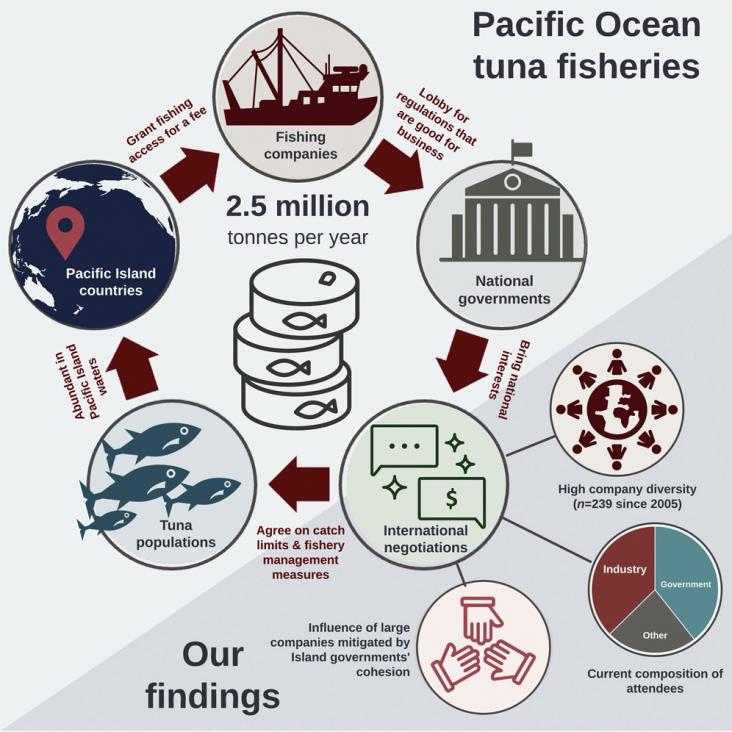We observe the link between Artificial Intelligence (AI) and Sustainable Development Goals (SDGs). We use automated methodologies to find insights and overlaps between AI and the SDGs. AI-Ethics frameworks need to give more attention to Society and Environment areas. Inclusive action is needed to balance the efforts for solving SDGs by using AI.SDGs 13, 14, and 15 (all related to the Environment area) are not sufficiently addressed.

This article advocates the creation of tight partnerships between research teams and clinical units to translate the neuroscience of consciousness into better post-coma care.
This article supports SDGs 9, 11, and 17 by illustrating the opportunity for the use of electric powered vehicles as an energy source during natural disaster events.

This article focuses on a key industry in ocean governance - tuna fishery - to examine how companies and governments relationship in international fishery negotiations can influence the governance of tuna fishery industry.
Alzheimer's disease (AD) is a severe global public health issue because it is an irreversible neurodegeneration of the brain that impairs personality, cognition, memory, and other functions before it ultimately results in death from total brain failure.
The most prevalent type of neurogenerative condition linked to dementia, based on the current situation, is Alzheimer's Disease (AD).
Medications used in the treatment of Alzheimer's disease include the acetylcholinesterase inhibitors (AChEIs, i.e., donepezil, rivastigmine, and galantamine), the N-methyl-D-aspartate receptor (NDMAR) antagonist, memantine, and the anti-amyloid beta monoclonal antibody, aducanumab.
This chapter discusses any plausible correlation between malnutrition and the onset of Alzheimer's disease. An overview of Alzheimer's pathophysiology is included to offer an understanding of the various underlying causes leading to its manifestation.
Innovation in Environmental Technologies (ETs) is critical for meeting the Paris Climate Agreement. Through an empirical analysis we show that collaboration between NICs and G7 countries drives ET innovation in the former. Results suggest that much greater policy focus should be aimed at collaboration rather than technology transfer. Collaboration breeds more NIC’s innovation by inducing learning-by-doing, learning-by-innovating and learning-by-exporting
Green technologies (e.g., green preservation, processing, extraction, and analysis) and Industry 4.0 (e.g., artificial intelligence, big data, smart sensors, robotics, blockchain, and the Internet of Things) technologies rapidly becoming a valuable part of meeting the Sustainable Development Goals (SDGs)over the past decade. These technologies demonstrate high potential to foster ecological and digital transitions of food systems, delivering societal, economic, and environmental outcomes. While a range of green technologies has already provided innovative solutions for major food system transformations, the application of digital and other Industry 4.0 technological innovations is yet to be adopted to harness their full potential to achieve a healthier, smart, more sustainable, and more resilient food future.
